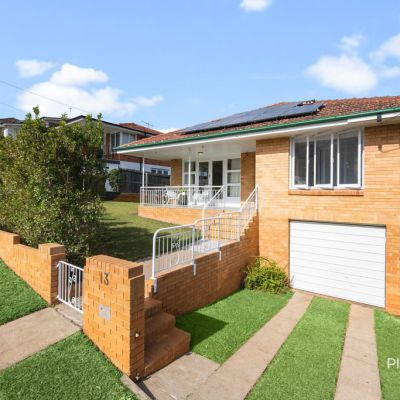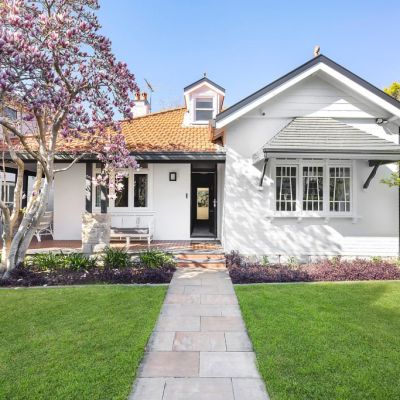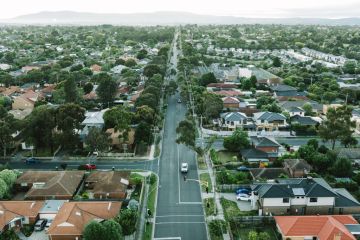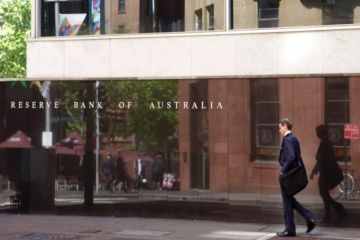September 2023 RBA interest rate decision: Cash rate held at 4.10 per cent
The steepest and fastest interest rate cycle on record finally looks to have peaked, with the Reserve Bank of Australia (RBA) holding the cash rate at 4.10 per cent after a third consecutive drop in inflation.
“The economy seems to be tracking along more or less where the RBA predicted it would at the very least,” says Sean Langcake, head of macroeconomic forecasting at BIS Oxford Economics. “I think they’ll be comfortable leaving rates on hold for quite some time.
“I think this is the peak. Chances are we have reached the end.
“There’s quite a lot in the economy that points to inflation coming back down over the next little while.”
The monthly consumer price index (CPI) fell to 4.9 per cent in July – down from 5.4 per cent in June – and annual inflation sat at 6 per cent, still outside of the RBA’s target range.
The month’s primary drivers for inflation were housing, food, and non-alcoholic beverages.
“The annual increase for housing of 7.3 per cent was slightly lower than the 7.4 per cent increase in June,” says Michelle Marquardt, Australian Bureau of Statistics head of prices statistics.
“New dwelling prices rose 5.9 per cent, which is the lowest annual rise since October 2021, as building material price increases continued to ease. Rent prices rose 7.6 per cent in July, up from 7.3 per cent in June, as the rental market remains tight.”
Ray White Group chief economist Nerida Conisbee says inflation coming down is good news for the economy.
“The big issue now is housing, in particular rent,” she says. “Rents are still rising, which we knew would happen because we did start to see advertised rents increase quite some time ago.
“I think the hold will continue for quite some time. [The RBA] needs to allow for a lag because it does take a little bit of time for a lot of those interest rate impacts to float into the economy.”
NAB chief economist Ivan Colhoun says the RBA will continue to hold as long as inflation continues to moderate.
He believes we’ll see another rate hike because some COVID-19 forces are still unwinding.
“NAB’s view is that, in the next few months, inflation is going to turn out to be a bit stronger than what the RBA expects, and they will move rates up a bit further,” Colhoun says, adding that inflation could be pushed up in the short term by population growth, rental effects, low stock levels, and high prices for construction and materials.
Langcake has a more positive outlook, saying, “[The RBA] will be happy to sit on the sidelines and let [inflation] play out for the next six to nine months.
“They’ve built enough wiggle room in their forecast that they’d ride out from here.”
With rates on hold, Australian home owners and buyers have begun feeling confident about the market, Conisbee says.
“I think anyone with a mortgage would be feeling quite relieved,” she says. “In terms of the property market, we have seen buyers come back into the market and I think a lot of it has to do with certainty around interest rates. Now the rate you’ll be paying on your mortgage is probably going to be the highest it’ll be at the peak of the repayment cycle.”
“[Consumer confidence] seems to be leading more buyers to get back into the market. Prices are rising, and that’s a testament to what’s happening.”
Recent Domain House Price Report data found the property market’s recovery was well underway, with prices rising across several capital cities.
“House prices have now risen for two consecutive quarters, easing the depth of the annual decline,” says Domain chief of research and economics Dr Nicola Powell.
Powell says the recovery period has helped create positive seller sentiment and, with the cash rate hold, buyers are likely to feel the same way.
“This is the third meeting in a row where we’ve seen no change,” she says. “I think that’s going to keep certainty to those potential buyers and sellers that may be sitting on the fence. Once we see a consistent message coming from the RBA, I think it will be enough to draw more sellers to the market – and buyers too.
“I think if we see another rate hold, it really gives that certainty that we are at a cash rate peak. That will be a mindset change and relief, but the real financial relief is when the cash rate is reduced.”
| Loan amount | 6.25% | 6.50% | 7% | 7.25% |
| $500,000 | $3,079 | $3,160 | $3,327 | $3,411 |
| $600,000 | $3,694 | $3,792 | $3,992 | $4,093 |
| $800,000 | $4,926 | $5,057 | $5,322 | $5,457 |
| $1 million | $6,157 | $6,321 | $6,653 | $6,822 |
While the economy is recovering and general consumer confidence has increased, many economists suggest the next cash rate move will likely be a cut. However, that may not happen immediately.
“It’ll be a very long time before we see rate cuts – maybe the very end of 2024 at the earliest,” Langcake says.
We thought you might like
States
Capital Cities
Capital Cities - Rentals
Popular Areas
Allhomes
More









